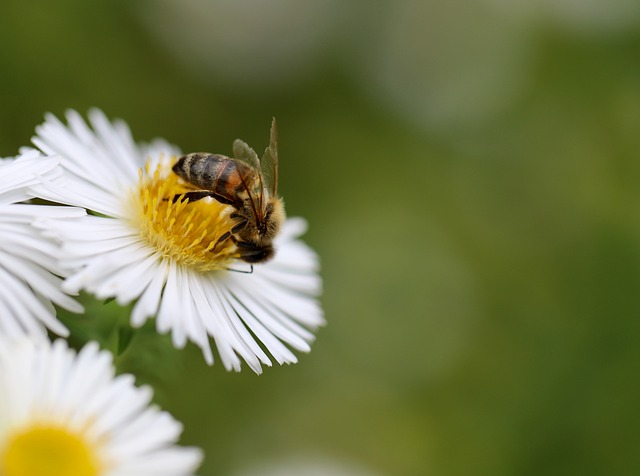When it comes to painting while pregnant, safety is a top concern for many expectant mothers. There are three primary types of paint that pregnant women might encounter: latex, oil-based, and enamel. Assessing the risk of toxicity during pregnancy can be complex, as there are currently no definitive tests to measure actual exposure levels. The potential for harmful effects largely depends on the specific chemicals and solvents in the paint, along with the duration and manner of exposure.
Household Painting Considerations
One of the most frequently asked questions is whether it’s safe to paint a baby’s nursery or refresh the home before the arrival of a little one. Unfortunately, there is a lack of research that investigates the effects of household painting on pregnancy and fetal development. Generally, it is thought that typical household painting results in minimal exposure. However, it’s advisable to steer clear of oil-based paints, lead, and mercury. Pregnant women should also limit their exposure to latex paints that contain ethylene glycol ethers and biocides. Ideally, enlist someone else to handle the painting tasks.
Lead-based paints were commonly used before the 1970s, presenting a risk for lead exposure when removing old paint. The U.S. Food and Drug Administration warns that lead exposure can lead to serious developmental issues. Therefore, if you’re planning renovations, it’s best to avoid scraping and sanding old paint, as this can release higher concentrations of harmful solvents and chemicals into the air. If you simply can’t resist the urge to paint the nursery, here are some safety tips to consider:
- Wear protective clothing, including long sleeves, long pants, and gloves.
- Ensure the area is well-ventilated; open windows and use fans.
- Limit the time spent painting; take breaks and step outside for fresh air.
- Keep food and drinks away from the painting area to avoid accidental ingestion of harmful substances.
Occupational and Industrial Paint Risks
In occupational settings, such as painting cars, the risks increase due to consistent and prolonged exposure to paints and solvents. Spray paints are particularly concerning because they generate a fine mist that can be easily inhaled. Wearing protective gear and ensuring adequate ventilation can help minimize exposure and potential risks to the developing baby.
Recreational Use of Paints
Recreational use, which involves inhaling paint solvents, poses serious risks regardless of pregnancy status. Sniffing or inhaling paint increases exposure levels and can lead to severe consequences, including miscarriage or birth defects.
What If You’ve Already Been Exposed?
Currently, there are no studies indicating that incidental exposure to paint during normal household projects (like painting a room) poses a significant risk to the baby. Most studies linking exposure to miscarriage and malformations involve much higher levels of exposure through recreational use. If you’ve been exposed to paint, the likelihood of adverse effects is generally low. Today’s paints are less likely to contain lead, making them safer than their predecessors. If you have concerns, consider discussing them with your healthcare provider.
Recommendations and Safety Precautions
To ensure the safety of both you and your baby, here are some guidelines to follow:
- The safest option is to avoid paints and solvents altogether.
- Consult with your healthcare provider before starting any painting project.
- Household painting is typically associated with lower exposure than occupational settings.
- Always wear protective clothing and masks, and ensure good ventilation.
- Avoid latex paints with solvents like ethylene glycol ethers and biocides.
- Watercolors, acrylics, and tempera paints are generally safer alternatives to oil paints.
- Limit the duration and frequency of your painting sessions.
For additional resources and insights on home conception, you might find Make a Mom helpful, especially since they offer a unique reusable option for at-home insemination. You can also learn about the process on their How It Works page. For those considering various family planning methods, check out this insightful piece from Modern Family Blog that discusses similar topics. If you’re interested in sperm donor matching services, Vegas Pregnancy can be a valuable resource. Lastly, for a deep dive into the science of fertility, Wikipedia provides an excellent overview of in vitro fertilization and related concepts.
Summary
In conclusion, painting while pregnant can be safe if certain precautions are taken. Avoiding high-risk paints, ensuring proper ventilation, and limiting exposure are essential to protect both mother and baby. Consulting healthcare professionals and using safer alternatives can help mitigate any potential risks.
